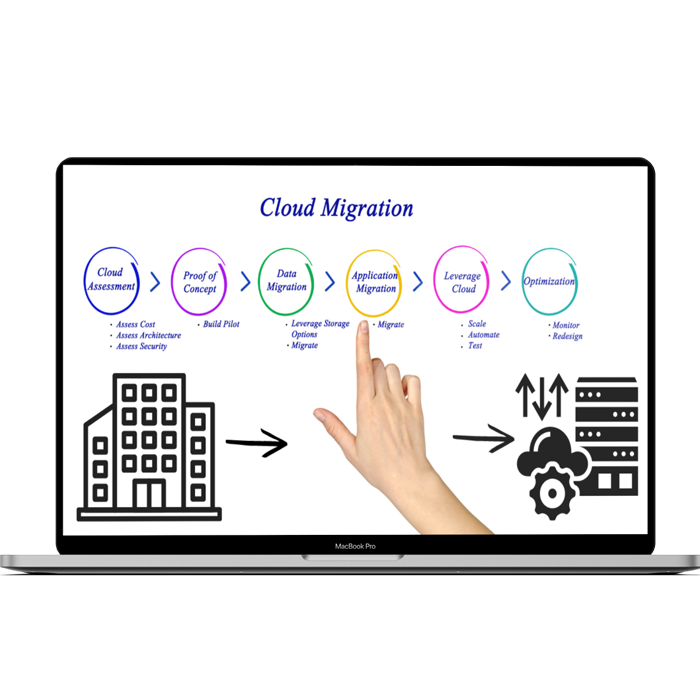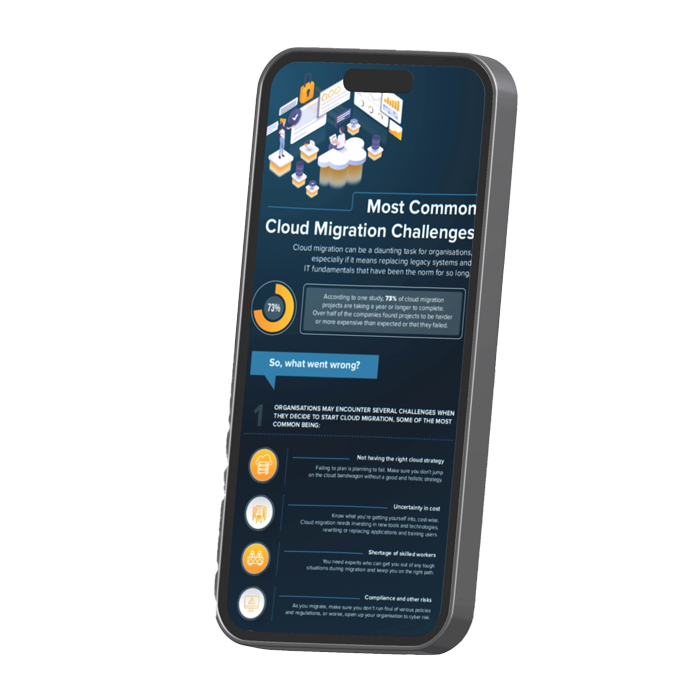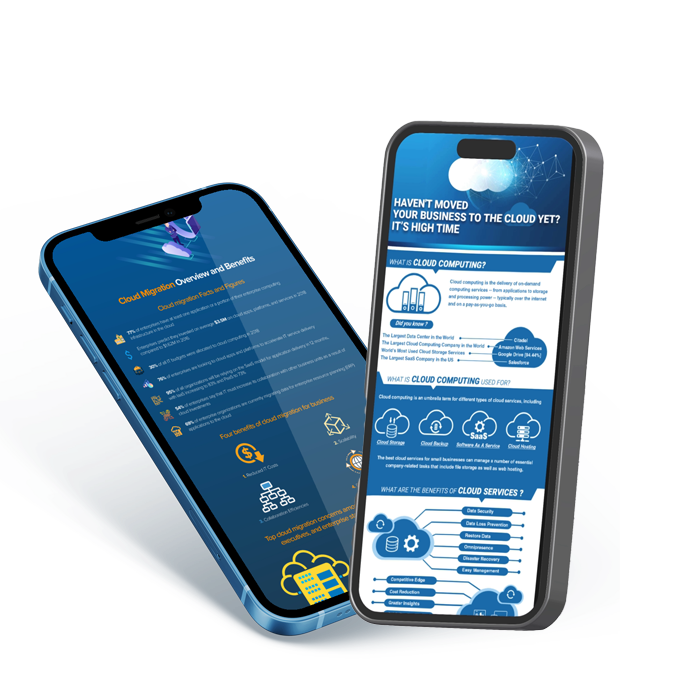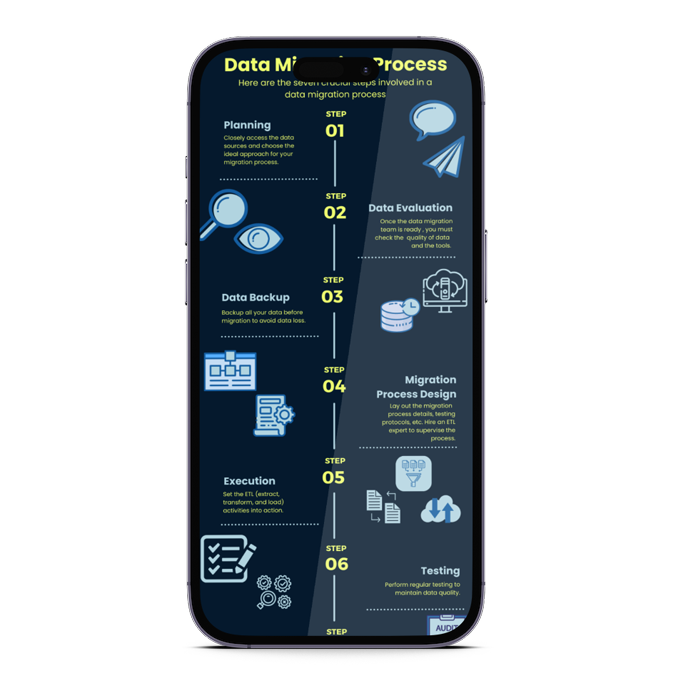
The client is a prominent global retail enterprise with a vast network of stores and an extensive online presence. With a legacy IT infrastructure primarily based on on-premises servers, the client recognized the need to modernize its operations to keep pace with evolving market demands and technological advancements.

The client faced several challenges with its existing infrastructure, including:

To address these challenges, the following technologies were leveraged in the migration project:

The migration strategy involved a phased approach to minimize disruption to ongoing operations:

The successful migration to the cloud delivered several key outcomes for the client:

We have been working with Fortune 500 companies like


16 Dart Close Slough, London, United Kingdom
Zuid- Holland, 2573 LB, Den haag, Netherlands
Plaza No 107, Block R3 Block R 2 Shaukat Khanum Johar Town, Lahore, Punjab 54500